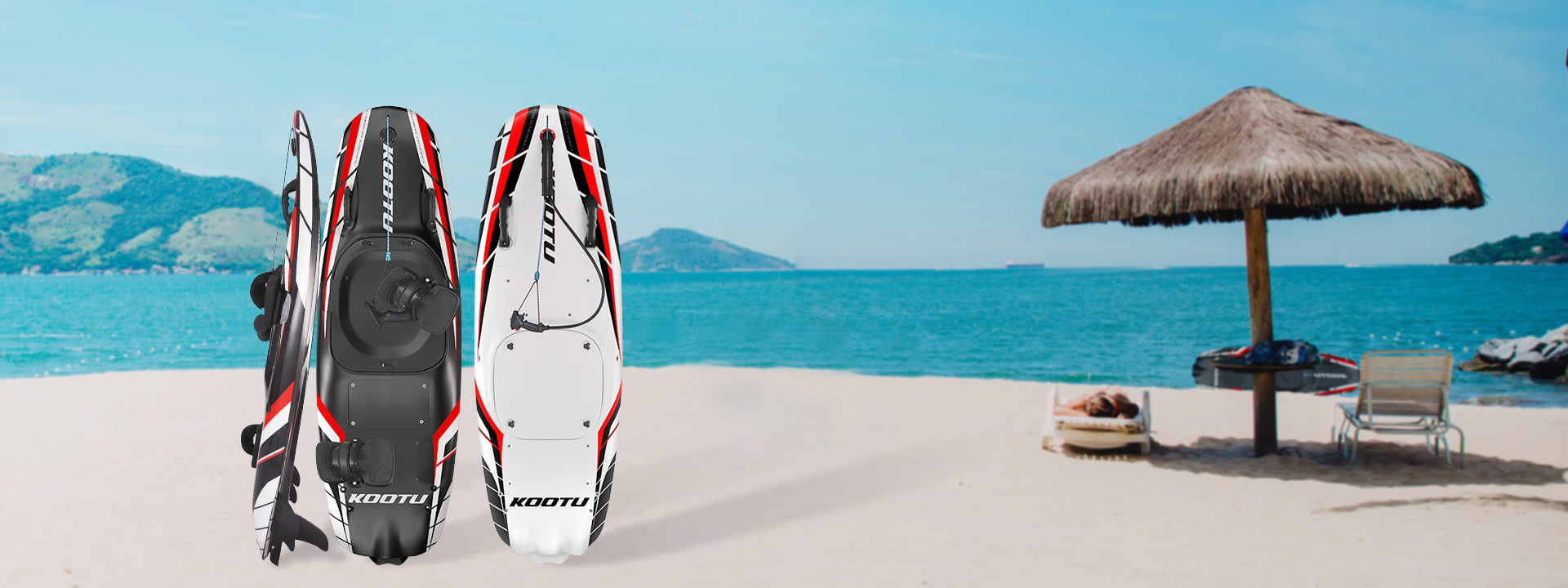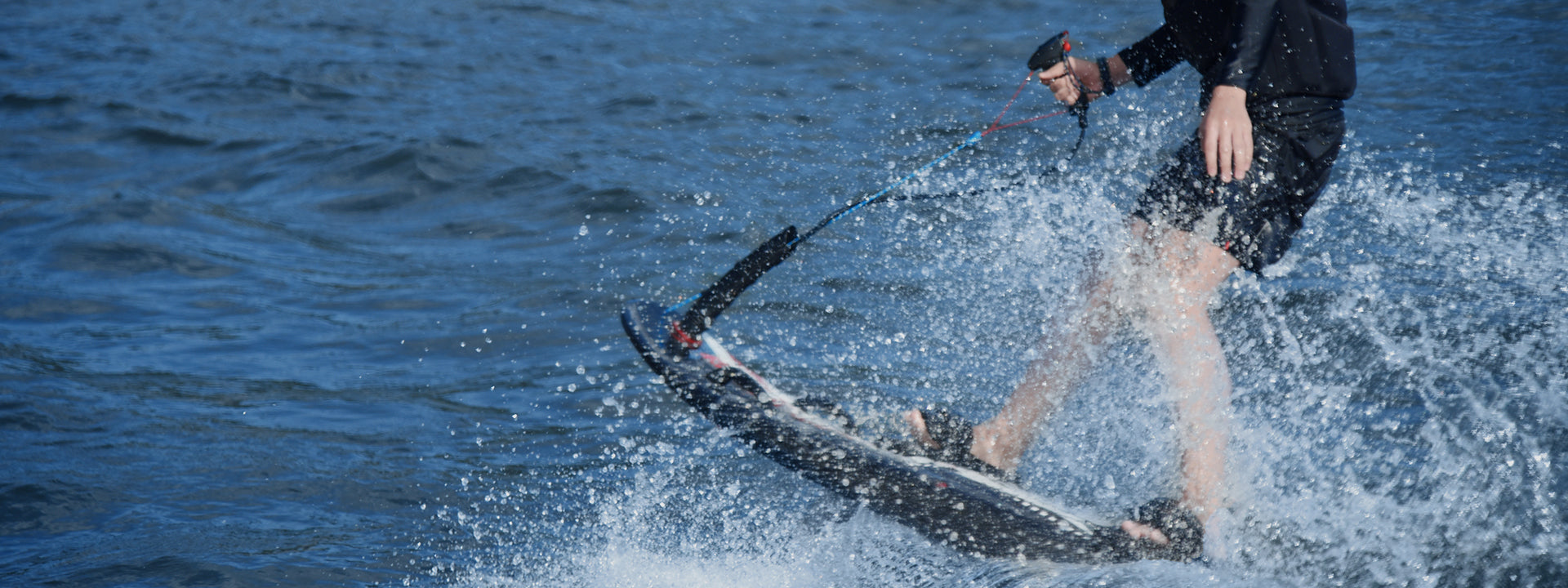Essential Safety Tips for Cold Weather Riders
Cycling in winter can be an incredible experience,quiet roads, crisp air, and a refreshing sense of adventure. But colder months also bring extra challenges that every rider should prepare for. Whether you’re commuting, training, or enjoying weekend rides, staying safe and comfortable is key.
In this guide, we’ll cover the top things to watch out for when cycling in winter, including weather conditions, road hazards, gear, clothing, and bike maintenance.

1. Dress for Changing Temperatures
Proper clothing is the foundation of safe winter cycling.
Layer Up
Use a breathable base layer, an insulating mid-layer, and a windproof or waterproof outer shell. Layering helps regulate body temperature as you warm up or ride into cold winds.
Protect Your Extremities
Thermal gloves keep your hands warm and maintain brake control.
Insulated shoe covers prevent cold feet.
A thermal cap or headband under the helmet protects your ears from wind chill.
Avoid Cotton
Cotton holds moisture and makes you feel colder. Choose quick-dry, moisture-wicking fabrics instead.
2. Watch Out for Slippery and Unpredictable Road Conditions
Winter roads can be dangerous even for experienced cyclists.
Ice and Black Ice
Black ice is nearly invisible and extremely slippery. Be cautious on:
Shady roads
Bridges
Early morning rides
Wet pavement after a sudden temperature drop
Snow and Slush
Snow reduces traction, while slush can hide potholes or debris. Slow down when cornering and avoid sudden braking.
Wet Leaves
Even in early winter, wet leaves act like ice,ride carefully when passing through wooded areas.
3. Use Bright, High-Quality Bike Lights
Winter days are shorter, and visibility is lower.
Front and Rear Lights Are Essential
Choose:
A bright front light (at least 400–800 lumens for dark roads)
A reliable rear red light with flashing mode
Stay Visible
Overcast skies and fog can make it harder for drivers to see cyclists. Add reflective elements to:
Jackets
Gloves
Frames
Wheels
4. Protect Your Bike from Salt, Sand, and Moisture
Cold-weather riding exposes your bike to road salt and dirt, which can speed up corrosion.
Clean Your Bike Frequently
After wet or snowy rides:
Rinse the frame
Clean the drivetrain
Re-lube the chain
Check Your Brakes
Moisture can reduce braking efficiency, especially with rim brakes. Disc brakes also accumulate salt and grit,clean the rotors regularly.
Use Winter Tires
For added reliability, consider:
Wider tires for better grip
Puncture-resistant tires to handle debris
Studded tires if you ride on frozen surfaces
5. Be Cautious with Wind and Weather Changes
Winter wind chill can make temperatures feel much lower than expected.
Check Weather Forecasts
Before heading out, look for:
Sudden snow
Strong winds
Freezing rain
Temperature drops
Avoid Riding During Extreme Cold
If temperatures feel unsafe, use an indoor trainer instead.
6. Plan Your Route Wisely
Not all roads are suitable for winter cycling.
Choose Roads That Are Frequently Plowed
Avoid:
Unmaintained paths
Rural roads with ice patches
Heavy-traffic areas with poor visibility
Shorter Loops Are Safer
If conditions worsen, you can quickly head home.
Conclusion
By choosing the right clothing, maintaining your bike, and staying aware of winter road hazards, you can ride safely through the cold months.
With the proper strategy, winter doesn’t have to bring your cycling season to an end—it can become one of the most rewarding times to ride.













